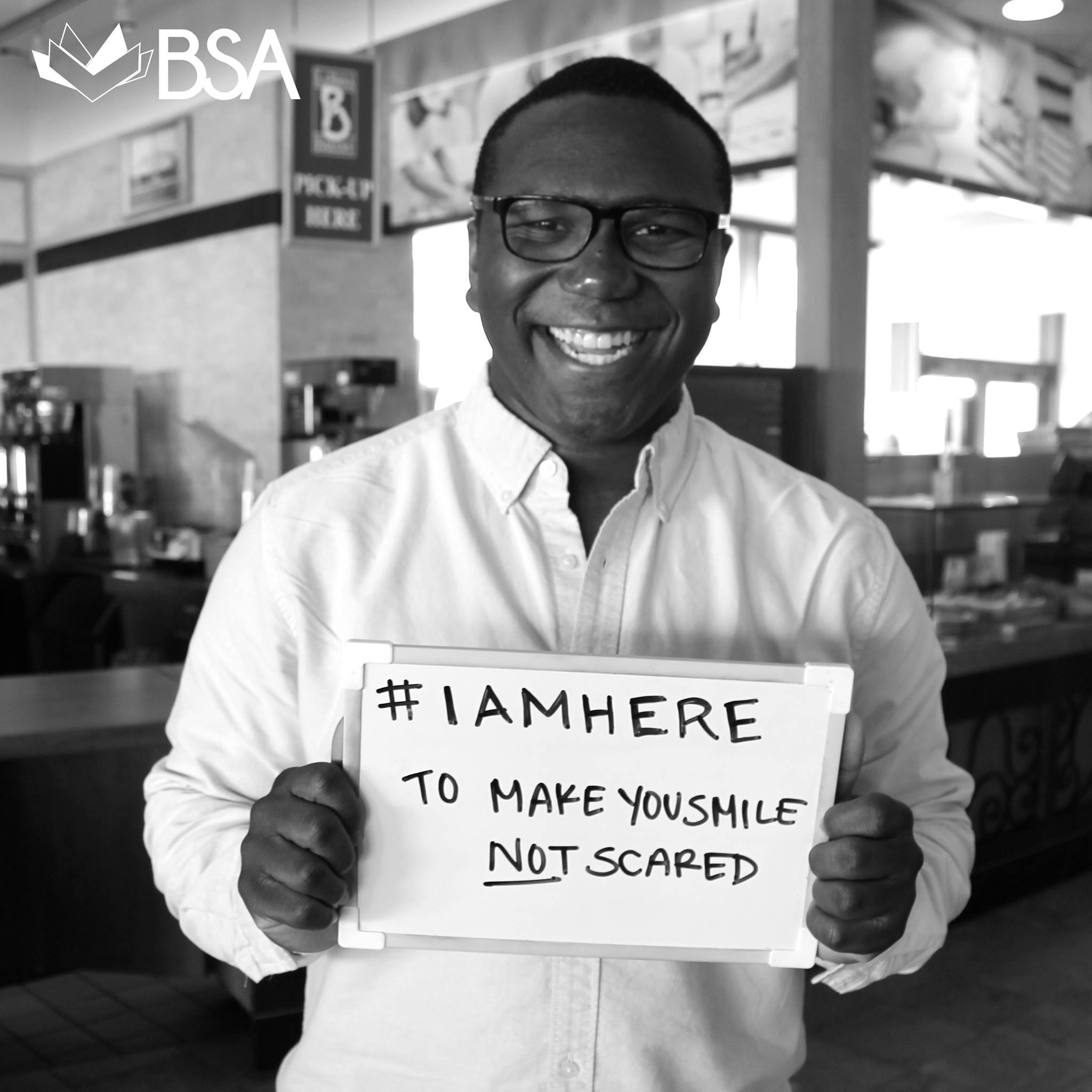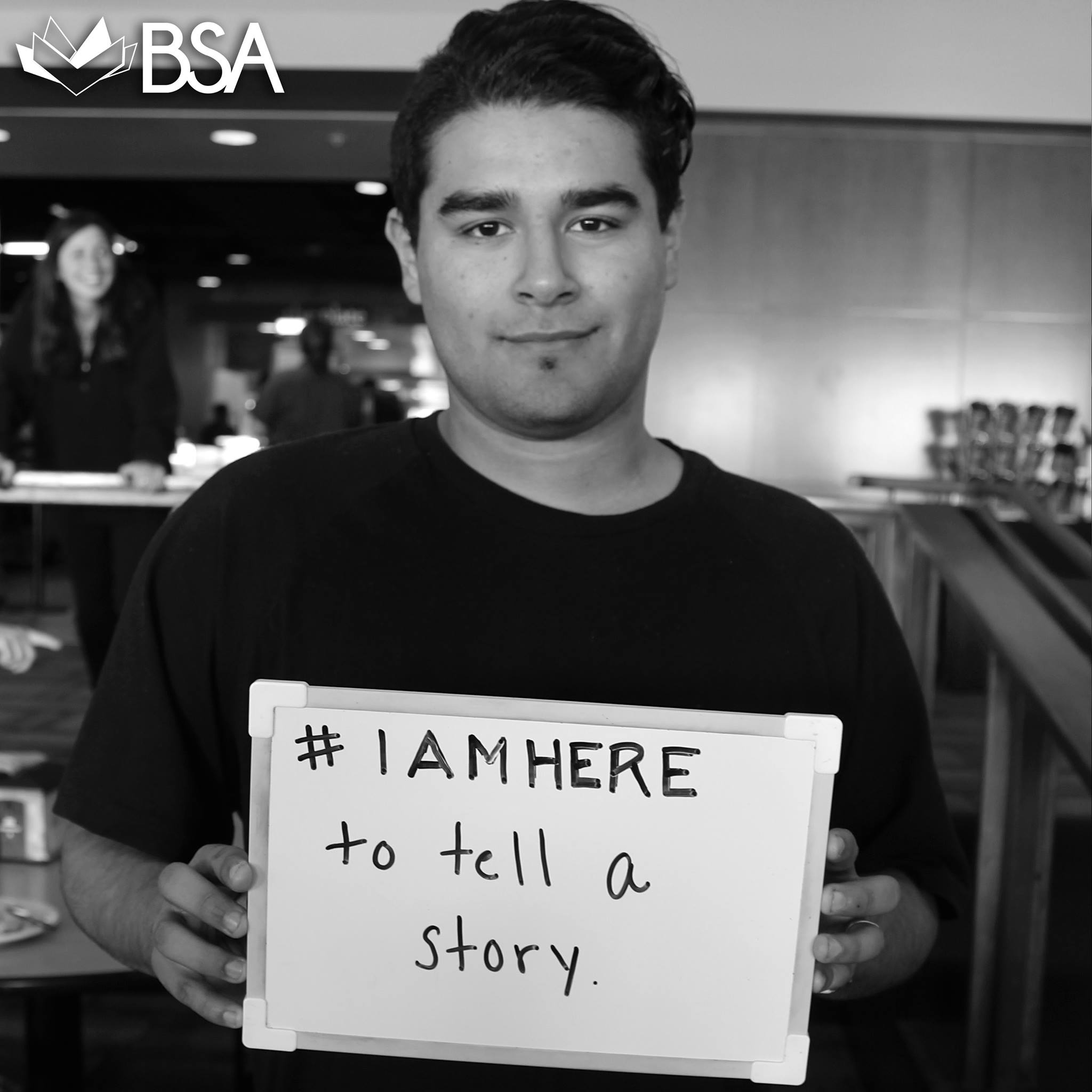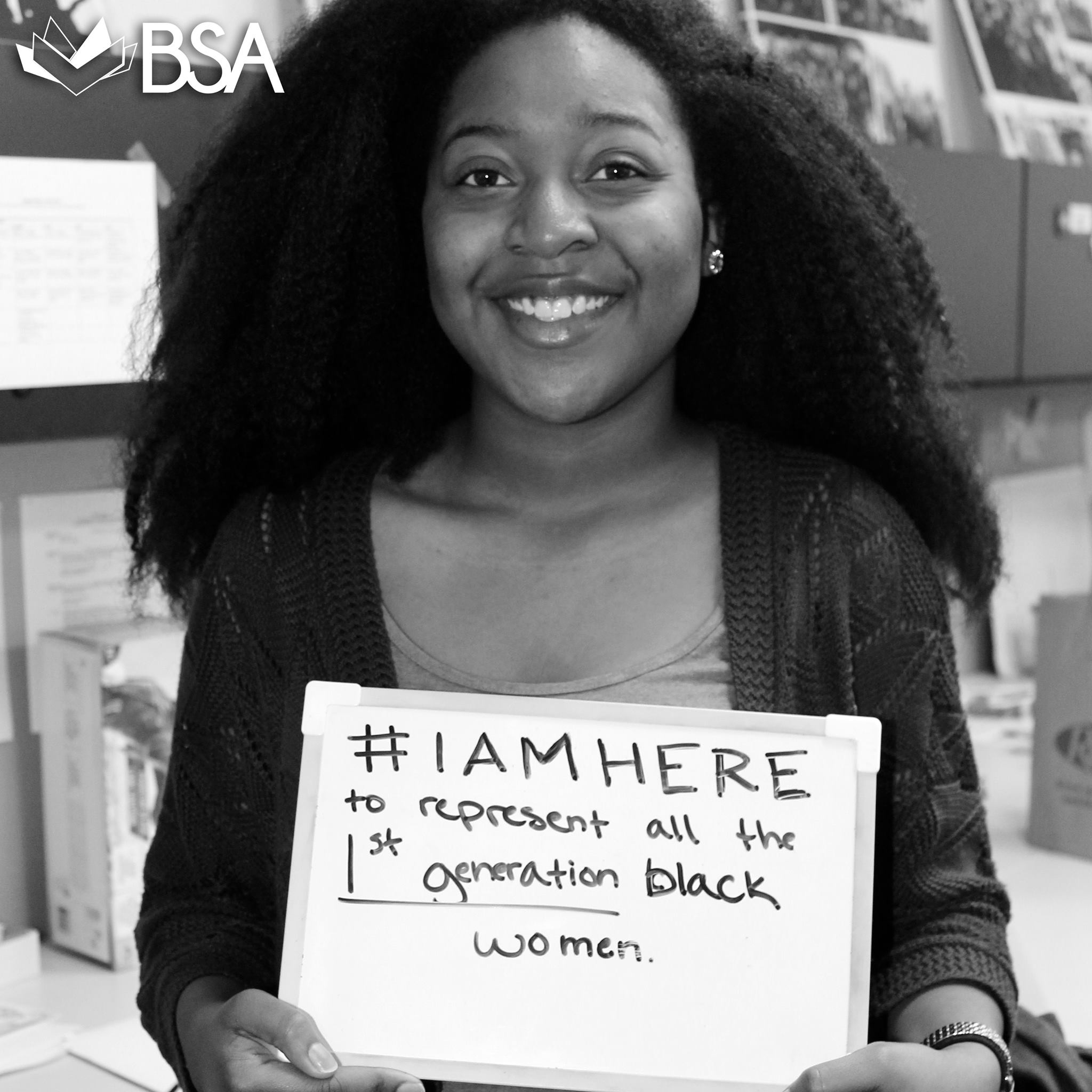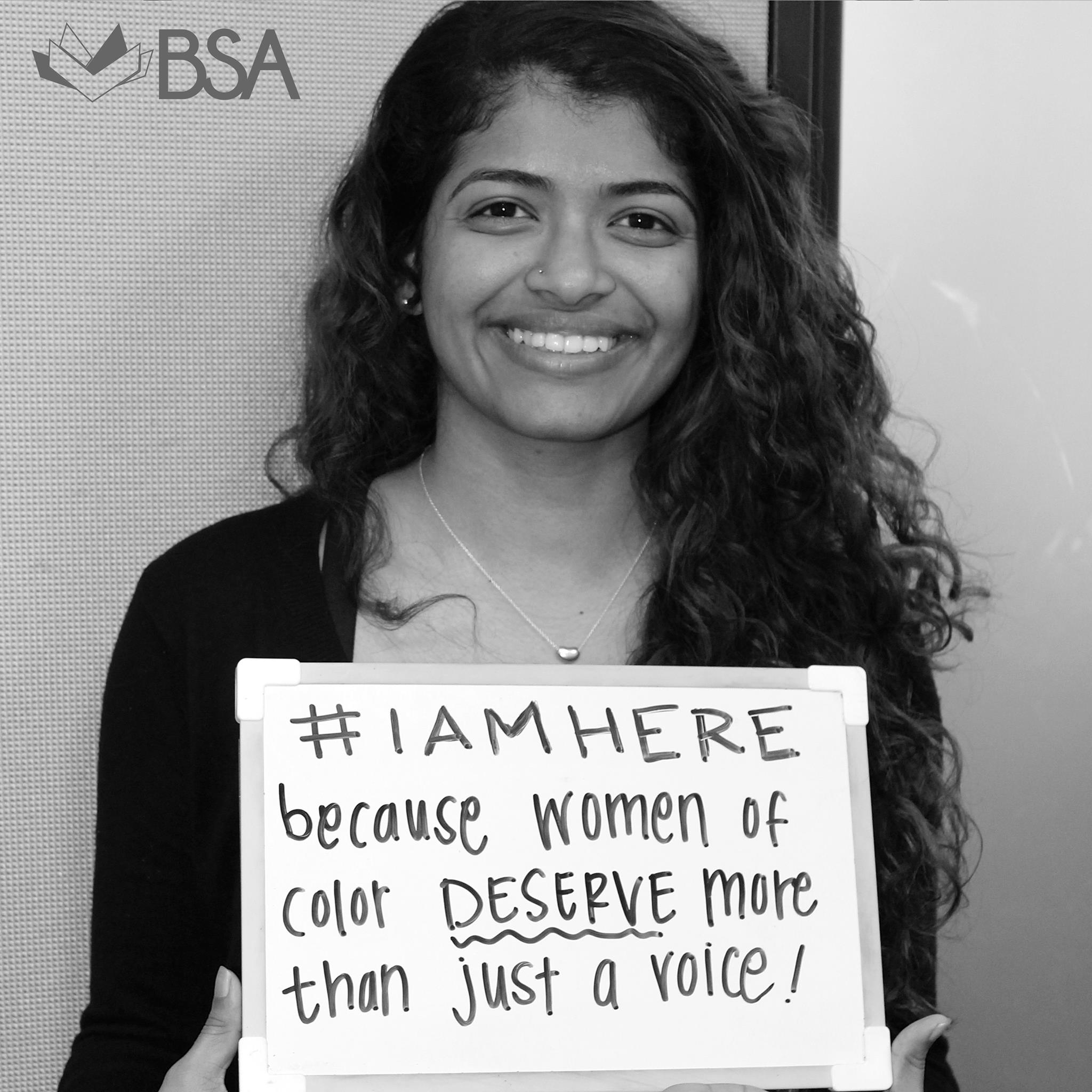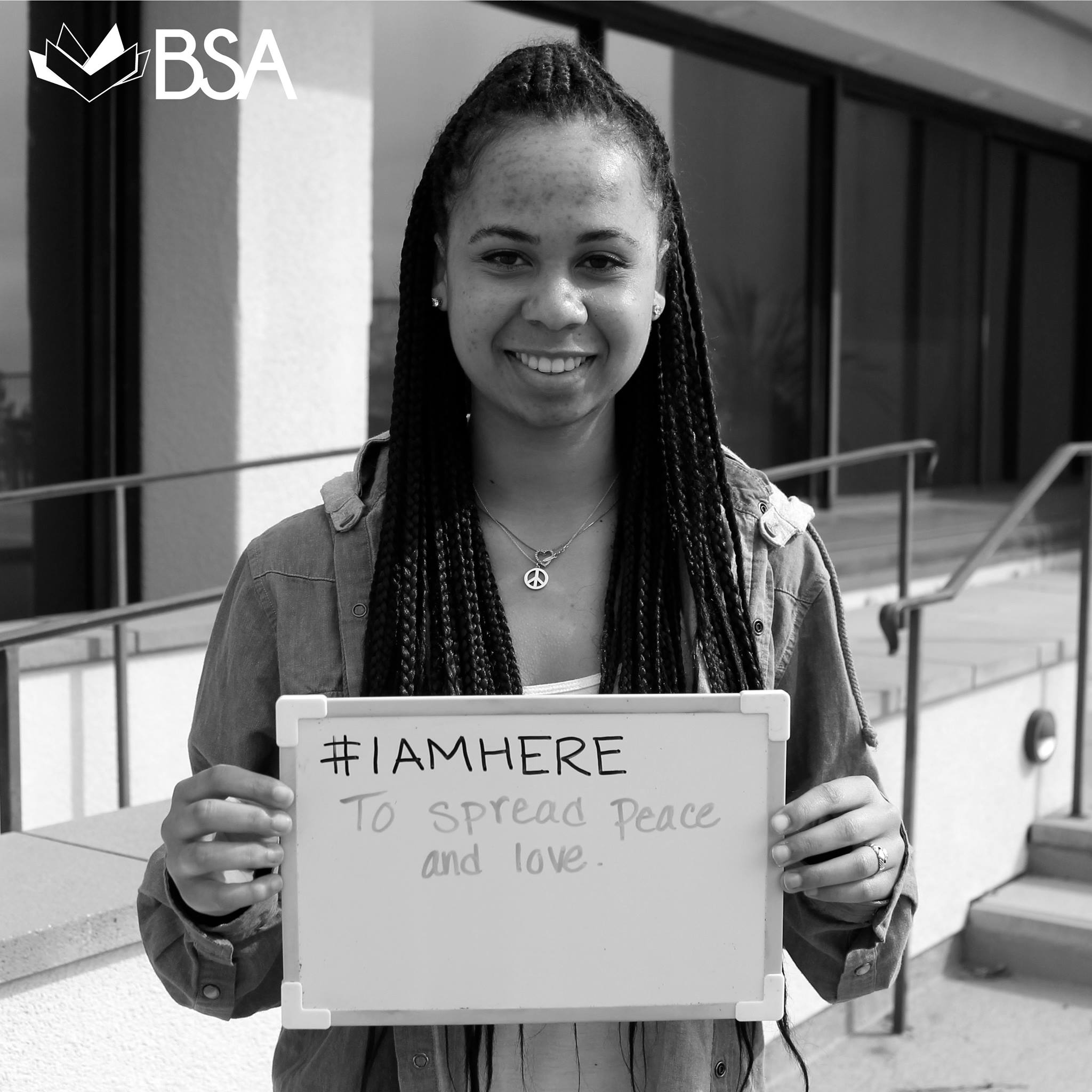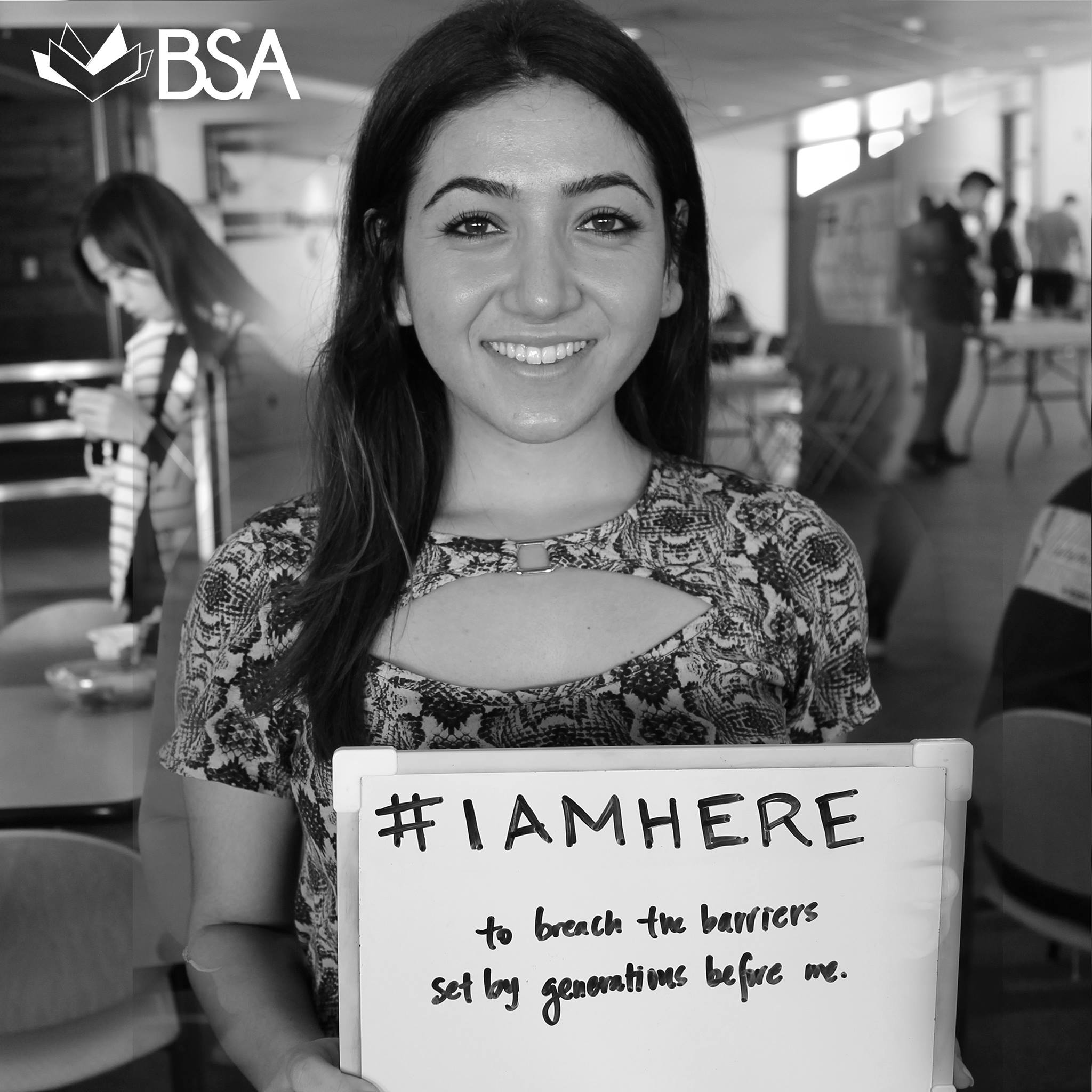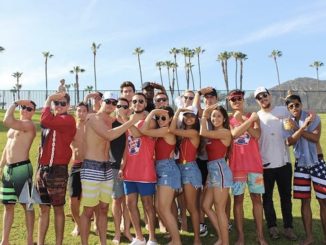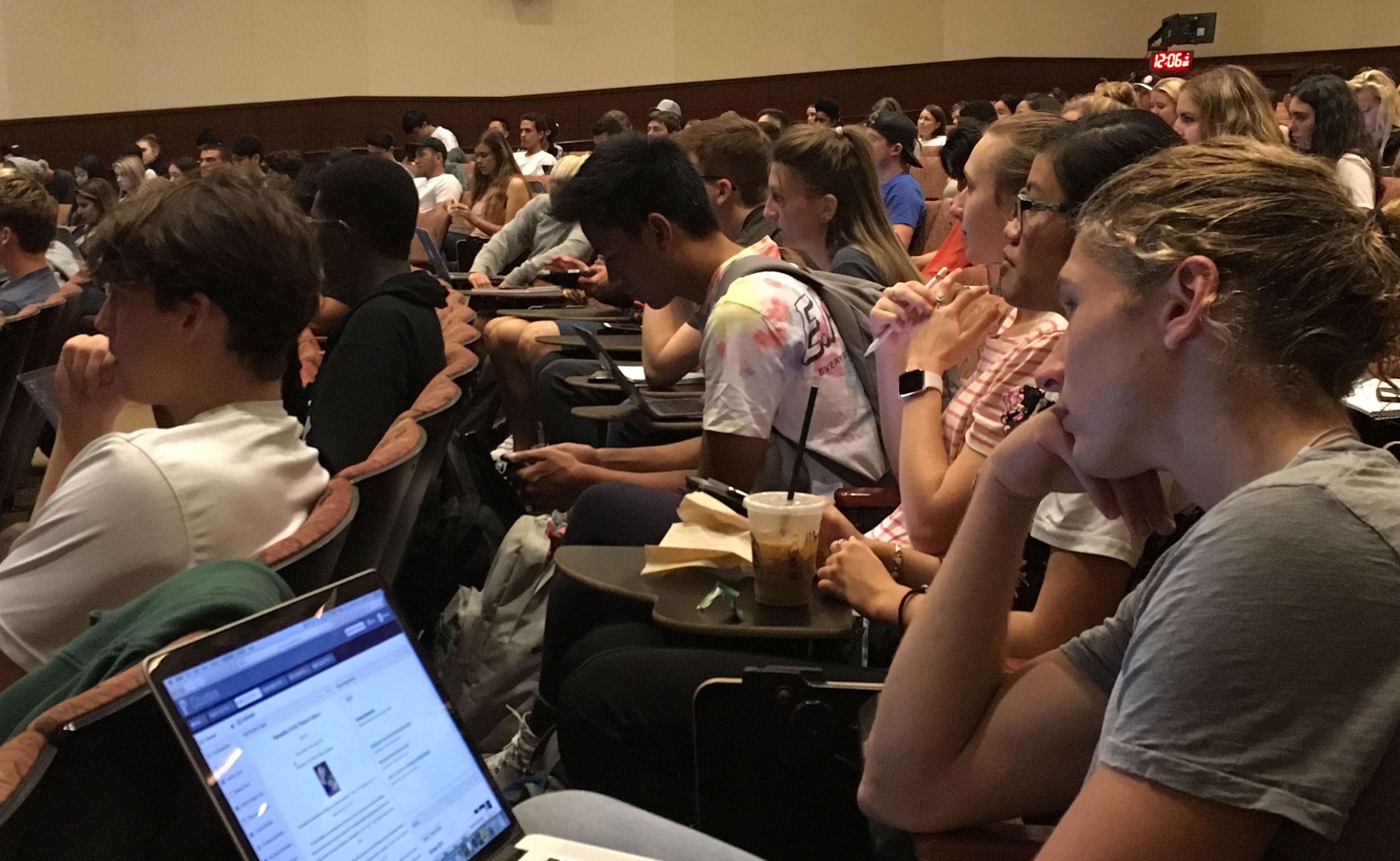In 2013, the Seaver College student body reached the mark of being 50 percent ethnically diverse — a 14 percent jump from 2007. At the time, Seaver’s full-time faculty was 15 percent ethnically diverse, while the university’s administration and staff was 37 percent ethnically diverse, according to data provided by the Office of Institutional Effectiveness (OIE).
In the latest data available from fall 2014, the Seaver student body remains at 50 percent and the Seaver faculty is at 17 percent, with the overall administration and staff at 38 percent.
Robert de Mayo, associate dean of the Pepperdine Graduate School of Education and Psychology (GSEP) and diversity council co-chair, said the diversity council is currently working on a university-wide diversity assessment report to present to the provost and other “important constituencies at the university.” He said they hope to have an agreed-upon framework “to help establish goals and how we measure our success and report those goals” put together by fall of 2015.
Ethnicity diversity data is not available for separate schools (Seaver, GSEP, Public Policy, Law, Graziadio). Data Courtesy of Pepperdine Office of Institutional Effectiveness.
De Mayo co-chairs the university diversity council with Joi Carr, a Seaver professor of English and Film Studies, who was unable to be interviewed for this article. Faculty and staff representatives from each of the five schools, as well as representatives from other relevant divisions, make up the council.
As a group they meet in person about twice a semester with subcommittees meeting on their own time, de Mayo said. Their work entails surveying each school and determining what the best recruitment practices are to hire diverse candidates. This group is not alone in their efforts to diversify, with additional branches of the Seaver College diversity council and the GSEP diversity council.
The two sole “Goals for the Future” currently listed under the diversity portion of Pepperdine’s website are to “build an ethnically diverse and gender-balanced faculty and administration,” and to “increase the recruitment and retention of students from underrepresented groups in order to achieve a more diverse student body.”
Seaver Dean Michael Feltner said that he would “like to have a faculty body that mirrors the student body in terms of diversity,” and that increasing the ethnic diversity of the Seaver faculty and of the Seaver student body is of paramount importance to him and the university.
“We’re committed to that in the present, and we’re going to remain committed to that in the future,” Feltner said.
Pepperdine President Andrew K. Benton echoed that sentiment in an email. “Diversity is a constant presence in the hiring process,” Benton wrote.
However, both Feltner and Benton added that in terms of improving faculty diversity, there are inevitable roadblocks that slow the process.
“The pace at which you can make changes in diversity from a faculty perspective is slower than what occurs with students,” Feltner said.
GSEP possesses the most ethnically diverse faculty at Pepperdine, with 32 percent. The most recent addition to the ethnically diverse faculty was the graduate school’s notable hire of the first-ever black dean in June 2014. De Mayo credits their success to their ability “to create a climate that’s going to be attractive for diverse people … Our priority has been to recruit faculty who will prepare our students to serve ethnically diverse populations.”
President Benton wrote that he looks forward to celebrating the day “when the diversity disparity between students (where we have had good success) and the faculty and administration (which, simply, takes more time and is less predictable) is not as great.”
The student perspective
While the administration is adamant in stressing that improving Pepperdine’s ethnic diversity is a key priority, not all students are as confident in that declaration.
Junior Anaka Osborne, a member of the Black Student Association’s E-Board, brought up the retention rates. For instance, how many ethnically diverse faculty members are hired and treated as temporary faculty, and how many earn tenure. Pepperdine’s Office of Institutional Effectiveness collects data in regard to the number of tenured faculty within each school, but it does not survey the ethnicities of tenured faculty.
When asked about her thoughts on the ethnic diversity of the student body, Armenian Student Association Vice President Lilit Elechyan said she didn’t feel knowledgeable enough to answer the question.
“I don’t think that information (on faculty ethnicity) is made as readily available to us as that of the (ethnicity statistics of the) student body,” Elechyan said. (The statistics are available online.)
Even though Elechyan felt more sure of herself when commenting on the status of Seaver’s student body ethnicity, she still had no idea what the true statistics are. In fact she was shocked to learn that the student body ethnicity numbers are significantly higher than that of the faculty.
Freshman Rena Ohana, who is attempting to revive the Judaic Cultural Awareness Club, had the same reaction. She said upon arriving to campus in August, the ethnic diversity of the faculty exceeded her expectations, while the ethnic diversity of the student body underwhelmed her.
Ohana said the vibe she has picked up over the course of the school year is that “there’s this underlying expectation if you’re not part of, let’s say, Church of Christ, people don’t want to identify as something else. I guess the phrase I’d use is as an ‘outsider.’”
She went on to explain her wish that more students felt comfortable voicing opinions against the status quo.
“It could have such a positive impact on campus,” Ohana said.
[embeddoc url=”http://pepppost.org/wp-content/uploads/2015/04/Student-Religious-Preference-by-School.pdf”]
Data Courtesy of Pepperdine OIE
Elechyan described Seaver as having a “monochrome culture” in that the traditional on-campus events and activities are “tailored for a very specific group that’s the majority at Pepperdine.”
In early February, BSA conducted a photo project called “#IAMHERE” to highlight “Pepperdine students of color and those who support moving forward in championing injustice and inequalities.” Osborne took the photos for the event.
(Photos courtesy of Anaka Osborne)
Prior to that, Osborne said she did another similar project where she had BSA members filled out “impact cards” that said “In my skin at Pepperdine’s campus, I feel …”.
“I definitely think there is something at large,” Osborne said. “There’s a sense of exclusion in terms of feeling like an ‘other’ at Pepperdine … a general sense as far as, ‘I know I’m not in the majority and there are times where I’m treated like that.’”
Nonetheless, Osborne did applaud Pepperdine by saying she sincerely believes they are doing a “tremendous job as far as increasing the numbers of minority students,” though at the same time she feels the school could be doing more.
“As in BSA, one of the cultural affairs clubs on campus, a large weight or responsibility of that falls on organizations like us, where we feel as if we have to do even more to compensate where the university falls (short) in terms of providing support for minority students on campus,” Osborne said.
Elechyan also expressed the heavy burden she feels to advocate for her own culture. She used the Armenian Genocide as an example.
“If it wasn’t for ASA, it would go unrecognized (on campus). How we put the flags up at 9/11, I think things like that should be for all groups,” Elechyan said.
She emphasized that her point isn’t to take significance away from 9/11 — she wholly supports the Alumni Park flags. She simply wants to shed light on the 100th anniversary of a genocide in which 1.5 million people were killed, according to the New York Times.
“There’s no initiative from the school or faculty to do something,” Elechyan said. “It’s not only belittling the Armenian community, but also just not giving the proper respect to ethnic diversity.”
The need for an equal representation is the conclusion that Osborne, Elechyan and Ohana universally came to.
“I think success would be when the emotions and the happiness and the support that every student feels resembles those numbers,” Osborne said.
Alysha Tsuji completed this story in Professor Elizabeth Smith’s Jour 561 spring 2015 class.

